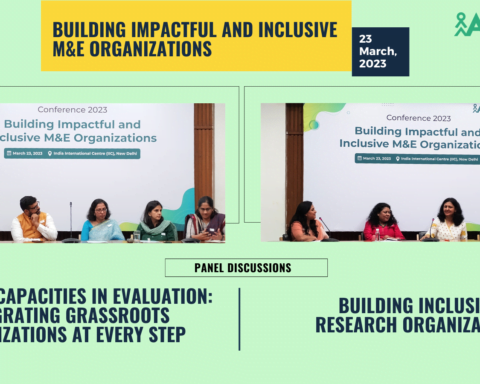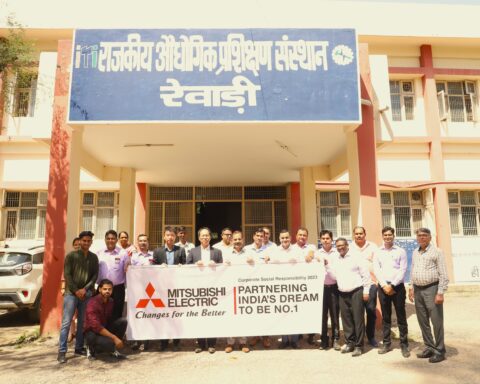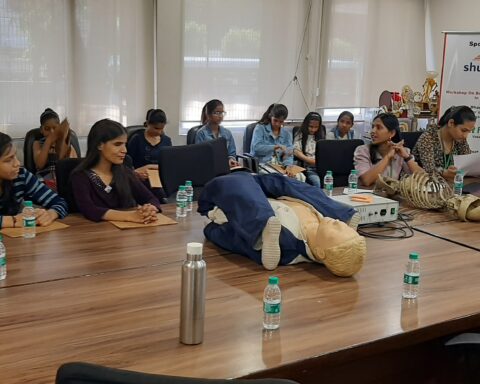Corporations can use their CSR contributions to help healthcare personnel become better prepared to handle any type of crisis
Although there is no commonly agreed definition of Corporate Social Responsibility (CSR), the heart of the concept is based on the belief that corporations have a responsibility to society and the people who help them succeed. CSR has become a vital and significant component of the corporate landscape in nations like India, where economic integration and social inclusion are imperative factors driving the masses towards progress and prosperity.
Despite various initiatives aimed at rural growth and development, the Covid-19 pandemic has demonstrated that expanding socio-economic inequality have provided a significant problem for the crucial health care sector, particularly in rural areas. According to National Health Profile–2019, there are only 0.55 hospital beds per 1000 people in government hospitals. This is a concerning statistic, and with 70% of India’s population still living in rural areas, it is critical to work toward the development of a robust and long-term critical health infrastructure. In addition to government intervention, various non-governmental organisations and corporations must take note to address this critical issue.
In the previous decade, India has experienced significant expansion and involvement from numerous corporations, with many efforts contributing to nation building. However, there is still much room for improvement in the health infrastructure, as evidenced by the pandemic. The ‘Human Development Report’ published in 2020 puts India 155th out of 167 countries in terms of hospital bed availability. Covid-19 has set the stage for firms to rethink their CSR programmes and work effectively to develop a long-term plan in terms of a robust critical health infrastructure that would assist rural India not just during Covid-19’s successive waves, but also in the future. The second wave of Covid-19 demonstrated the value of well-equipped hospital beds, ICU and oxygen units, and ventilators, which most of us had previously taken for granted. According to the Human Development Report, as of 2010, 50% and 30% of beds in the public and private sectors, respectively, were non-functional. This is a concerning figure that must be addressed.





























